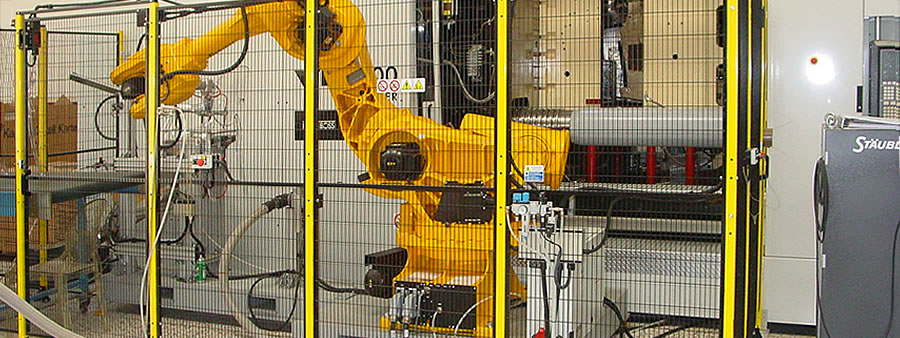Processes
Precision is not an option.
Forward-thinking and innovation for the best results.

Standard moulding technology
Plastic injection moulding is an industrial process carried out with specific presses controlled by sensors and microprocessors, with essential additional tools.
During this process a material is melted and plasticised evenly, then injected at high pressure and high speed into a mould where it cools and takes shape. After cooling the mould is opened to extract the piece.
Standard moulding is the basic industrial process for producing parts in medium/high batches at reasonable costs; however, it is becoming more and more suitable for the production of limited series of products with particular shapes and features which are not reproducible with other materials or industrial processes.
Moulding thick products
Over time we have gained experience in moulding plastic goods of increased thickness.
Experience has allowed us to satisfy new market needs and successfully complete projects with a final thickness greater than 25mm in full polymer, free from any aesthetic defects or shrinkage.
The first application produced in 1987 was the moulding of a sliding track for reinforced doors for banking companies.
Many projects developed for Technical, Industrial, Lighting design and Furnishing products have followed since then, some of which are still representative of new achievements.
Transparent material moulding
Ivoplast flagship is transparent plastic moulding, as well as extra thickness moulding or gas-assisted processes. In particular, Ivoplast has gained important expertise on a European level in polymethyl methacrylate (PMMA) and polycarbonate (PC) moulding. In 1990, in a joint project with ATOHAAS EUROPE, the largest and heaviest moulded PMMA piece was made in Europe: an aquarium tank weighing almost 3kg, which was then mass-produced for several years. We have now reached the objective of making transparent PC and PMMA products weighing over 9kg, for applications with increased aesthetic and mechanical value.
Dual material moulding
The growing market demand for "coupling" different plastic polymers together to enhance their technical and mechanical characteristics, or for aesthetic or financial needs, have evolved the technique of injection moulding. It is now common to make products with different materials fused together. The fusion of materials is a valid, inevitable, and also economical, alternative technique to industrial processes which otherwise require adhesives or mechanical fastenings between components. Our company has numerous 2-cylinder dual injection presses, with a closing force of up to 1000 tons and complete with vertical and/or horizontal rotating table. These are used to make dual material products weighing up to 5 kg.
Nitrogen gas-assisted moulding
The process of gas-assisted injection moulding allows the interior of a piece to be hollowed out with very high thicknesses. The advantages include a more lightweight product, combined with a final form and mechanical nature which comply with the required use. In addition, aesthetics is unparalleled in relation to a standard injection process. We are currently making applications with different materials, including transparent ones, for lighting design, furnishing , automotive and general industries alike. In 2006, for the first time, we produced car side skirts with gas injection for an important German brand of cars, which at the time was considered a production of great importance and technical innovation. This application allowed us to reduce the mould investment and final cost of the product by over 30%.
Insert moulding and co-moulding and fabric over-moulding
Using special vertical presses, equipped with a rotating table, or with traditional horizontal presses, we make products through over-moulding with metallic and non-metallic inserts. In 1986 a revolutionary pump was made, for use in domestic appliances, which required encapsualtion of magnets made with synthesized ferrite. The patented application was produced by our company, with tens of millions of pieces being made over the following years. Experience and R&D have allowed us, in recent years, to develop applications even for products with fabric over-moulding, to create finished products paired with fabric without the use of adhesives which are harmful to people and the environment.
IML moulding
IML, or In-mould Labelling, consists in inserting a very attractive label into the mould before fusion. The result is a moulded piece complete with graphic finishing or an image with unparalleled aesthetic value. The label is inseparable from the moulded piece, which also guarantees increased resistance to abrasion, UV rays and general aging. Ivoplast can provide this specific application to products as required.
Robot systems and Robotized Work Stations
The evolution of technology today allows us to carry out complex processes on stations operated automatically by 6-axis anthropomorphic robots. The result is a very technical and high-speed repetitive process, combined with remarkable final quality. These tools have been incorporated into Ivoplast for many years to satisfy the growing demand from clients, as well as limiting and reducing costs and additional processes to moulding.
